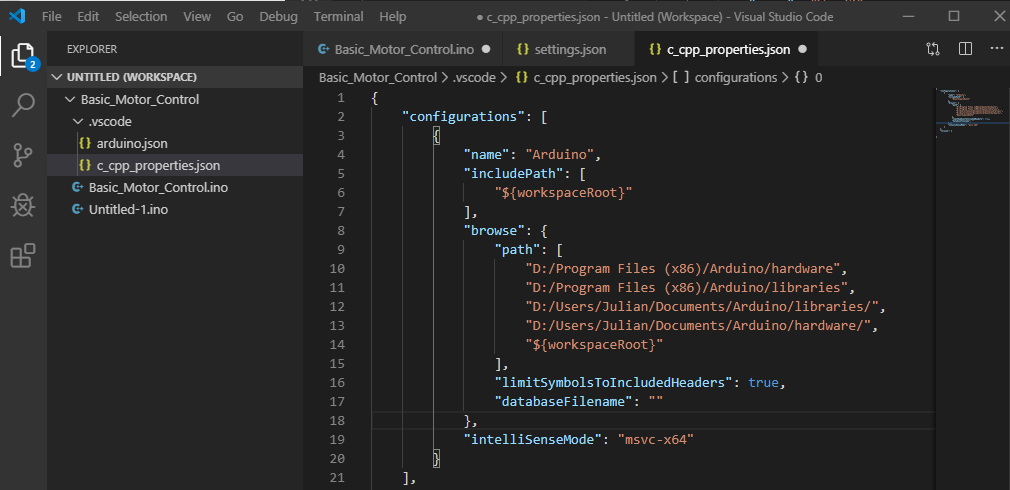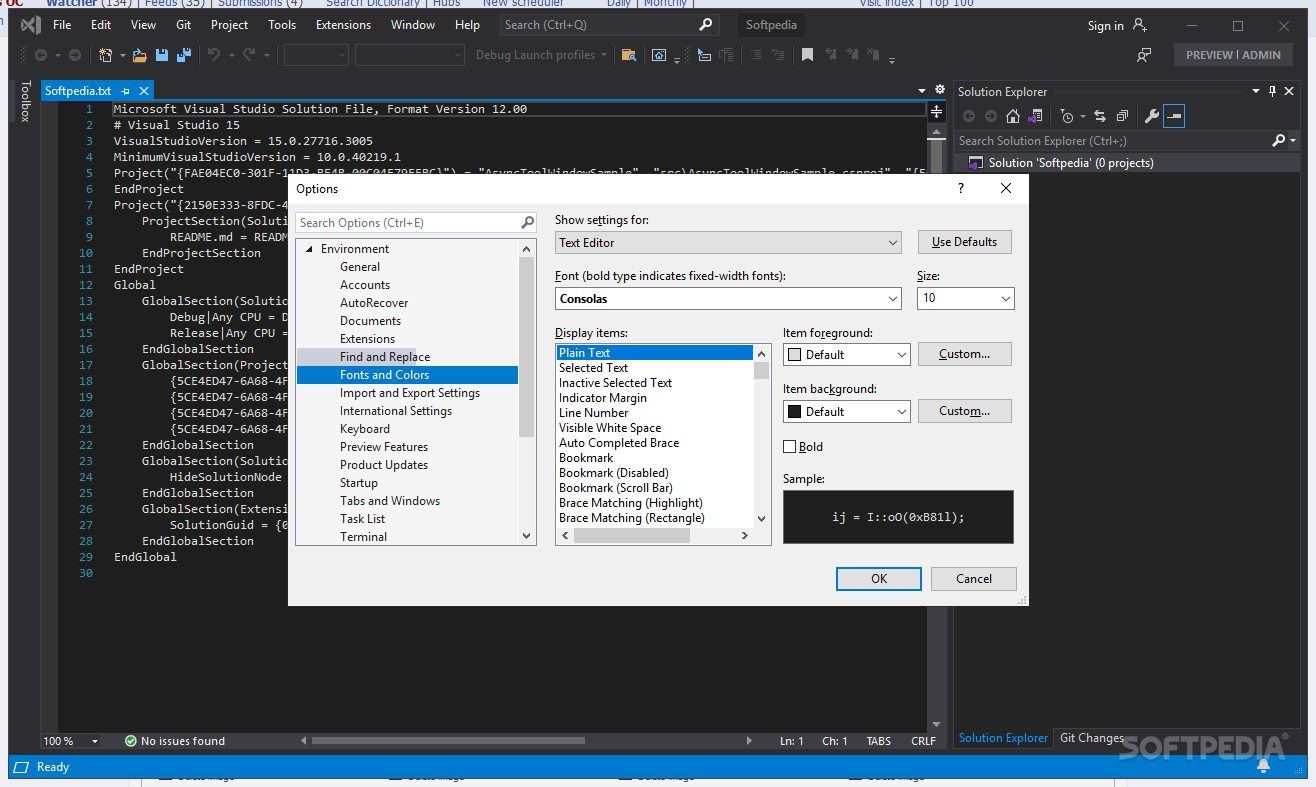

Add AdditionalIncludeDirectories=”$(QTDIR)include” to the VCCLCompilerTool entry.Change the Keyword part near the top to Keyword=”Qt4VSv1.0″ and adjust for your desired version.vcproj file in your favourite text editor – if you’ve never seen one of these in the wild, it may surprise you to know that it’s plain XML… that’s what allows SVN to merge project changes without disaster. Since I’ve seen a few people asking about this missing feature and it’s bothered me in the past, I thought I’d post the solution I figured out (only tested on VS2008)… it’s actually very simple and it doesn’t even involve any assembly level hacking 😉 Or you could create a fresh QT project and migrate your source and settings to it, but that’s a royal pain if your project is complex. Sure you could forget about it and manually do everything the add-in does for you.

You simply create a new QT project (an application or library) in Visual Studio just as you would for any regular VC++ project, select the modules you want to use, and thunderbirds are go!īut annoyingly enough, the add-in doesn’t allow you to take an existing vanilla Visual Studio project and turn it into a QT enabled project. QT is a cool GUI framework and the Visual Studio add-in is pretty neat… it allows you to code and deploy C++/QT apps without having to deal with QT’s include directories, linker dependencies, environment variables and all that jazz.


 0 kommentar(er)
0 kommentar(er)
